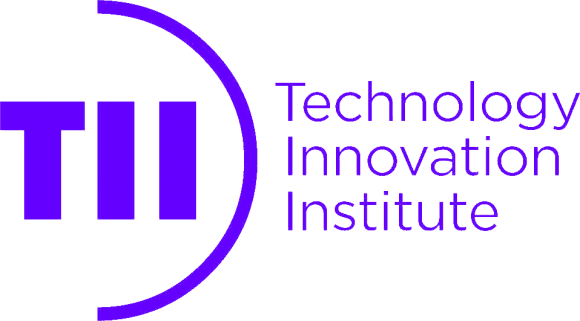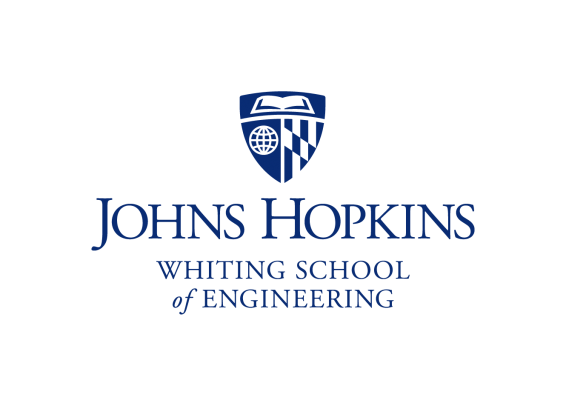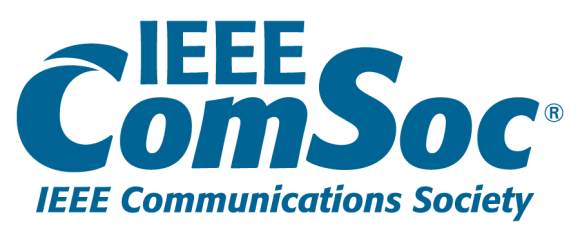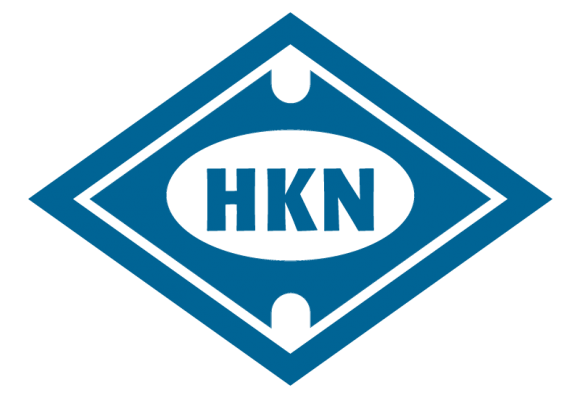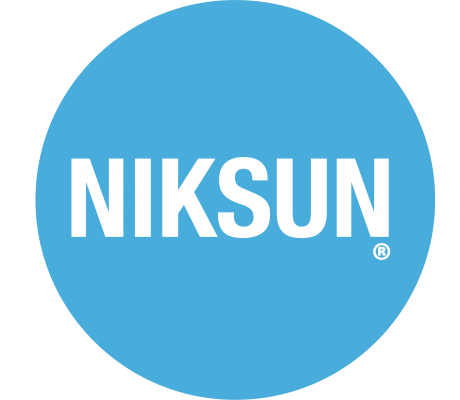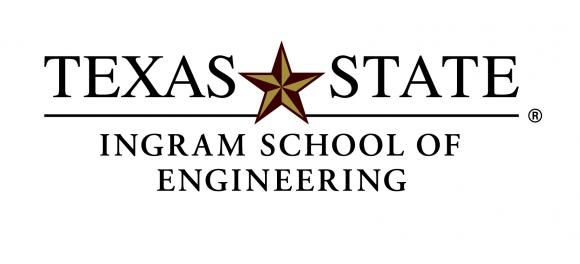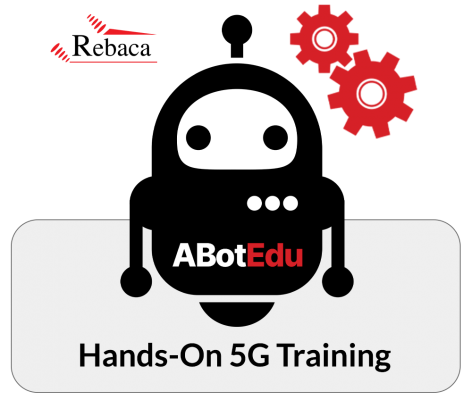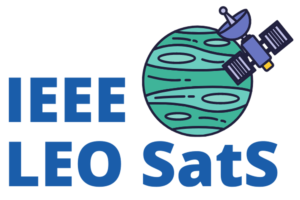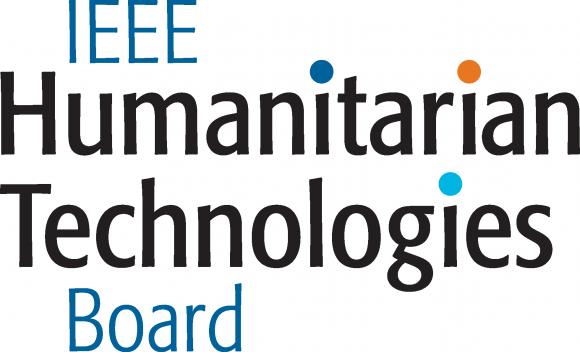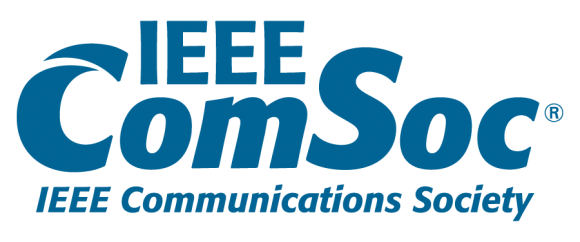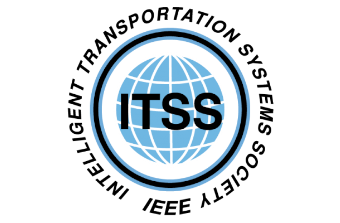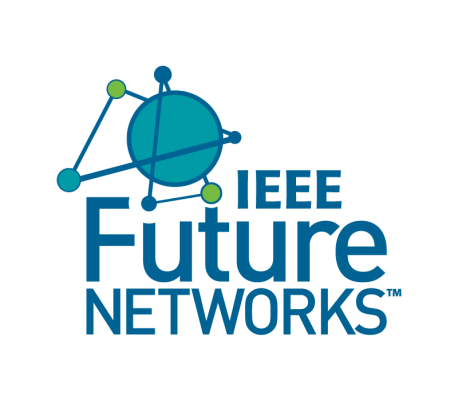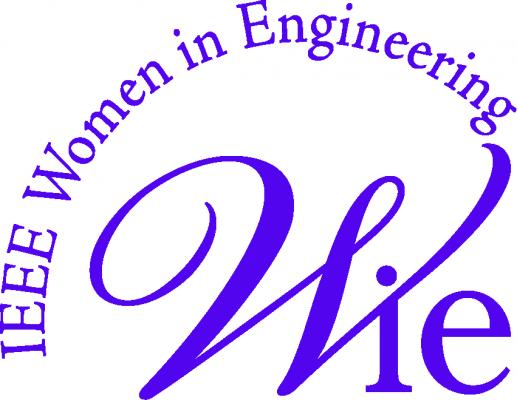PRESENTER
- Ozgur B. Akan, University of Cambridge, UK
- Murat Kuscu, Koç University, Turkey
SCOPE
As the Internet of Things (IoT) approaches technological maturity with a growing number of applications on the market, new integrative ideas emerge to push the current boundaries of IoT and extend its application domain. Internet of Everything (IoE) is promising in this respect by bringing a holistic view on the Universe as an interconnected network comprising entities ranging from planets down to plants, cells, and single molecules. IoE is promising to spark a whole new set of applications emerging from the close and seamless interaction of heterogeneous technologies including the naturally existing ones, such as the human body systems. In the center of this holistic approach lies an emerging ICT framework, the Internet of Bio-Nano Things (IoBNT), which envisions heterogeneous collaborative networks of natural and artificial nano-biological devices (e.g., engineered bacteria, human cells, nanobiosensors, microfluidic devices), seamlessly integrated with the Internet infrastructure. IoBNT is positioned to extend our connectivity and control over unconventional domains (e.g., human body) with unprecedented spatiotemporal resolution, enabling paradigm-shifting applications, particularly in the healthcare domain, such as intrabody continuous health monitoring and theranostic systems with single molecular precision.
Realizing IoBNT necessitates developing unconventional communication techniques that can match the stringent requirements and limitations of bio-nano things and their operating environments. The most promising technique to enable IoBNT is the bio-inspired Molecular Communications (MC) paradigm, that uses biochemical molecules to transfer information between bio-nano things in the same way living cells communicate. Although much has been done theoretically for exploring the promises and limitations of this new communication modality, the lack of experimental studies has led to a significant gap between theory and practice in many aspects, and severely impeded the development of practical MC and IoBNT applications. Now, this emerging field has come to a critical turning point, as researchers have just started reporting on simple MC experiments at various scales and using several transceiver and channel architectures, however, consistently pointing out a discrepancy between the obtained experimental results and the previous theoretical predictions. This fact reveals the need for new interdisciplinary strategies to develop more sophisticated and physically relevant testbeds and prototypes, and refine the existing MC models and techniques based on empirical data. Closing the long-standing gap between theory and practice will surely expedite the transfer of this emerging technology to the market.
Starting with a discussion on potential IoBNT applications within the broader IoE framework, this tutorial will first provide a critical evaluation of the theoretical advancements in MC research over the last 15 years along the modelling, modulation, and detection aspects. The tutorial will proceed with an overview of the recent experimental studies and findings reported at different scales, highlighting the role of micro-/nano-technologies and synthetic biology tools in building practical MC transceivers and testbeds. In this part, we will detail our recent experimental efforts using graphene and related nanomaterials to develop MC testbeds and system prototypes. This overview will lead to an extensive discussion on physically relevant challenges revealed by the recent MC experiments, such as those regarding the interference and noise in physiological environments, modeling and optimization in the face of nonlinearities, as well as the opportunities stemming from peculiar interactions at the bio-electronic interfaces. A particular focus will be paid to the opportunities enabled by the engineering of ligand-receptor interactions to tackle the adaptivity, multi-access, co-existence and limited data-rate challenges of molecular communication networks. The tutorial will conclude with a discussion on the potential interdisciplinary approaches to overcome the existing challenges.
The main objectives of this tutorial are outlined as follows:
- To introduce the IoE and the IoBNT frameworks following a top-down approach, underlining thepotential of IoBNT for overcoming the connectivity, miniaturization, interoperability challenges of IoE.
- To introduce MC by discussing the fundamentals of natural MC and IoBNT systems, such as interkingdom molecular signaling in gut-brain axis, neuro-spike communication in neural networks.
- To give a critical review and assessment of the proposed MC techniques, e.g., modulation, detection, channel estimation, considering practical transceiver architectures proposed for MC.
- To overview the recent experimental approaches to implement practical MC systems at different scales with a focus on graphene-enabled microfluidic MC testbeds, and discuss the practical challenges revealed by these experiments that call for interdisciplinary research.
We believe that the proposed tutorial providing a new perspective on MC and IoBNT from theory to practice is very timely, and will help to increase the visibility of this growing research area to the wider ICT community and foster new interdisciplinary research to tackle the most critical challenges towards practical applications. The intended audience of the tutorial are young and experienced researchers with multidisciplinary interests spanning the fields of ICT, cyber-physical systems, nanotechnology, and biomedical engineering, who would like to learn about the recent theoretical and practical advances in one of the most unconventional research areas in communications.
Outline
The following gives a brief description of each topic that will be presented and a tentative time schedule of the 90-minute tutorial.
- Internet of Everything (IoE) and Internet of Bio-NanoThings (IoBNT) [00:00-00:20] – IoE will be introduced by highlighting its foundations in the natural Internets of the Universe, e.g., gene interaction networks and plant networks. Next, the vision to exploit this interaction between heterogeneous technologies and domains towards unprecedented applications will be outlined. Then we will briefly discuss the most important challenges to realize IoE applications, such as ubiquitous connectivity, energy efficiency, interoperability, miniaturization, and big data, and give an overview of promising approaches to address these challenges. IoBNT will be introduced by underlining its vital role within the IoE framework through its future medical and environmental applications. Realization of IoBNT demands novel engineering solutions to overcome the unique challenges regarding the close interaction between cyber and biological systems, and the limited capabilities of bio-nano things. These challenges call for novel approaches to devise solutions for a set of modeling, analysis and implementation problems on a highly interdisciplinary domain covering engineering, nanotechnology and biophysics. Key research challenges in IoBNT and potential solutions will be discussed in this part of the tutorial.
- Foundations of IoBNT and MC [00:20-00:40] – MC is the common communication modality among biological networks, including those in our own human body, which is itself a natural IoBNT, consisting in heterogeneous systems connected via biochemical signals. It is therefore critical to understand the fundamental MC strategies and techniques employed by such natural systems for engineering IoBNT applications optimized in several aspects, e.g.,reliability, adaptivity, and energy-efficiency. This understanding can also help us develop novel ICT-based healthcare (early disease detection and treatment) and environmental applications. In this part, we will review the ICT-based approaches to reveal the fundamentals of most vital biological networks and underlying MC systems, e.g., calcium signaling, quorum sensing, and gut-brain signaling, and discuss how these systems can inspire the engineering of novel IoBNT applications. Main artificial MC paradigms, such as diffusion-based MC and FRET-based MC, will be introduced with an overview of the current literature on the modeling, analysis, and simulation of various types of MC channels.
- Transceiver Architectures for MC [00:40-01:00] – For the physical design of MC transceivers, mainly two approaches have been envisioned: biological architectures, e.g., engineered bacteria enabled by synthetic biology tools, and nanomaterial-based architectures. However, none of these architectures have been practically implemented until recently. As a result, the majority of MC studies so far have relied on unrealistic assumptions isolating the MC channel from the physical processes regarding the transceiving operations, leading to a plethora of ICT techniques, feasibility and performance of which could not be validated. One of the main objectives of this tutorial is to help close the gap between theory and practice in MC research by presenting a comprehensive account of the recent proposals for the physical design of MC transceivers. To this end, we will first investigate the fundamental requirements of MC transceivers, such as those regarding the energy and molecule consumption, computational complexity and operating environment. This will be followed by a critical review of the recently proposed MC transceiver architectures that rely on functional materials, e.g., stimuli-responsive hydrogels, functionalized graphene, nanoporous membranes, and synthetic biology tools.
- Modulation and Detection Techniques for MC [01:00-01:20] – We will provide an overview and critical evaluation of the modulation and detection methods proposed for MC over the last 15 years. Modulation techniques in MC fundamentally differ from that in conventional EM communications, as the modulated entities, i.e., molecules, are discrete in nature and the developed techniques should be robust against highly time-varying characteristics of the MC channel. Our discussion will cover MC modulation techniques that encode information into the concentration, type, ratio, release time and release order of molecules, as well as the base sequences of nucleotides. Lastly, we will discuss the state-of-the-art in MC detection techniques under two categories: detection with passive/absorbing receivers and detection with reactive receivers. A qualitative comparison of these methods will be provided in terms of the considered channel and receiver characteristics, complexity, type of the required channel state information (CSI), and performance. In doing so, the implications of the recent MC experiments performed by several groups at different scales (i.e., micro and macroscale) will be frequently referenced to provide insights into developing more practical modulation and detection techniques.
- Challenges and Future Research Directions [01:20-01:30] – Despite considerable amount of ongoing research towards IoBNT and its applications, there are many open research issues to address in implementing practical MC system and developing IoBNT applications. Here, we will provide the concluding remarks along with an overview of related research projects and relevant venues to disseminate IoBNT research.
SHORT BIO
 Ozgur B. Akan received his Ph.D. from the School of Electrical and Computer Engineering, Georgia Institute of Technology, Atlanta, in May 2004. He is the Head of the Internet of Everything Group at the Department of Engineering, University of Cambridge, UK, where he conducts highly multidisciplinary theoretical and experimental research on bio/nano/molecular/wireless communications. He is also the AXA Chair Professor in Internet of Everything and Director of the Center for neXt-generation Communications (CXC) at Koç University, Istanbul, Turkey. Prof. Akan is an IEEE Fellow, Turing Fellow, recipient of the European Research Council's (ERC) Consolidator Grant, ERC Proof of Concept (PoC) Grant, AXA Chair Professorship, TUBITAK Science Award, IBM Faculty Award, IEEE Communications Society Outstanding Young Researcher Award, and numerous other awards. He is an IEEE Nanotechnology Council (NTC) Distinguished Lecturer and IEEE Communications Society (ComSoc) Distinguished Lecturer. Prof Akan serves as an Associate Editor for IEEE Transactions on Molecular, Biological, and Multi-scale Communications, Scientific Reports (Nature), and Nano Communication Networks Journal (Elsevier). He has served as an editor for IEEE Transactions on Communications, IEEE Transactions on Vehicular Technology, IET Communications, IEEE Networking Letters, International Journal of Communication Systems (Wiley), European Transactions on Telecommunications, Transactions on Emerging Telecommunications Technologies (Wiley), and the Steering Committee Member for IEEE INFOCOM, General Chair for IEEE INFOCOM 2017, ACM MOBICOM 2012 and IEEE MONACOM 2012, and TPC Chair for various conferences including IEEE CAMAD 2014.
Ozgur B. Akan received his Ph.D. from the School of Electrical and Computer Engineering, Georgia Institute of Technology, Atlanta, in May 2004. He is the Head of the Internet of Everything Group at the Department of Engineering, University of Cambridge, UK, where he conducts highly multidisciplinary theoretical and experimental research on bio/nano/molecular/wireless communications. He is also the AXA Chair Professor in Internet of Everything and Director of the Center for neXt-generation Communications (CXC) at Koç University, Istanbul, Turkey. Prof. Akan is an IEEE Fellow, Turing Fellow, recipient of the European Research Council's (ERC) Consolidator Grant, ERC Proof of Concept (PoC) Grant, AXA Chair Professorship, TUBITAK Science Award, IBM Faculty Award, IEEE Communications Society Outstanding Young Researcher Award, and numerous other awards. He is an IEEE Nanotechnology Council (NTC) Distinguished Lecturer and IEEE Communications Society (ComSoc) Distinguished Lecturer. Prof Akan serves as an Associate Editor for IEEE Transactions on Molecular, Biological, and Multi-scale Communications, Scientific Reports (Nature), and Nano Communication Networks Journal (Elsevier). He has served as an editor for IEEE Transactions on Communications, IEEE Transactions on Vehicular Technology, IET Communications, IEEE Networking Letters, International Journal of Communication Systems (Wiley), European Transactions on Telecommunications, Transactions on Emerging Telecommunications Technologies (Wiley), and the Steering Committee Member for IEEE INFOCOM, General Chair for IEEE INFOCOM 2017, ACM MOBICOM 2012 and IEEE MONACOM 2012, and TPC Chair for various conferences including IEEE CAMAD 2014.
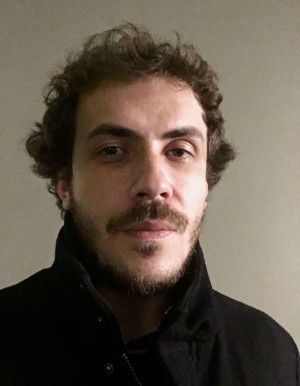 Murat Kuscu is an Assistant Professor and a Marie Skłodowska-Curie Fellow at the Department of Electrical and Electronics Engineering, Koç University, Turkey. He is Director of Nano/Bio/Physical Information and Communications Laboratory (CALICO Lab), and Assistant Director of Koc University Nanofabrication and Nanocharacterization Center (n2STAR). He received his PhD degrees in engineering from University of Cambridge, UK, in 2020, and in electrical and electronics engineering from Koç University, Turkey, in 2017. He is acting as an Associate Editor for IEEE Transactions on Molecular, Biological and Multi-Scale Communications. He has served as an Organizing Committee member for the 2017-2021, and 2023 versions of the ACM International Conference on Nanoscale Computing and Communication (NanoCom), and co-organized many workshops, special sessions, and special issues on molecular and biological communications. His current research interests include molecular communications, nanoscale biosensors, microfluidics, Internet of Bio-Nano Things, and Internet of Everything. He has co-authored 25 journal articles, 12 conference papers, and 2 book chapters in these emerging research fields. He has received the University of Cambridge CAPE Acorn Post-graduate Research Award 2019, IEEE Turkey Ph.D. Thesis Award 2018, Koç University Academic Excellence Award 2018, and selected as an IEEE Transactions on Communications Exemplary Reviewer 2020.
Murat Kuscu is an Assistant Professor and a Marie Skłodowska-Curie Fellow at the Department of Electrical and Electronics Engineering, Koç University, Turkey. He is Director of Nano/Bio/Physical Information and Communications Laboratory (CALICO Lab), and Assistant Director of Koc University Nanofabrication and Nanocharacterization Center (n2STAR). He received his PhD degrees in engineering from University of Cambridge, UK, in 2020, and in electrical and electronics engineering from Koç University, Turkey, in 2017. He is acting as an Associate Editor for IEEE Transactions on Molecular, Biological and Multi-Scale Communications. He has served as an Organizing Committee member for the 2017-2021, and 2023 versions of the ACM International Conference on Nanoscale Computing and Communication (NanoCom), and co-organized many workshops, special sessions, and special issues on molecular and biological communications. His current research interests include molecular communications, nanoscale biosensors, microfluidics, Internet of Bio-Nano Things, and Internet of Everything. He has co-authored 25 journal articles, 12 conference papers, and 2 book chapters in these emerging research fields. He has received the University of Cambridge CAPE Acorn Post-graduate Research Award 2019, IEEE Turkey Ph.D. Thesis Award 2018, Koç University Academic Excellence Award 2018, and selected as an IEEE Transactions on Communications Exemplary Reviewer 2020.



